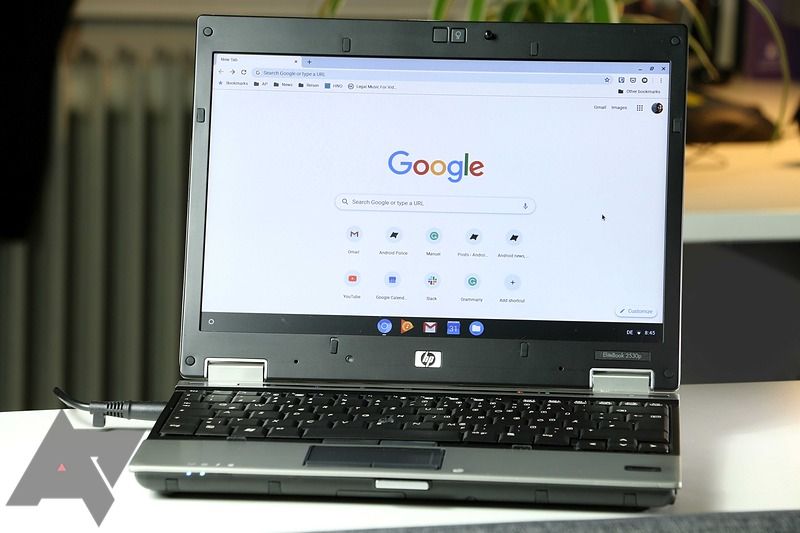Updates aren't as big an issue for computers as they are for Android phones, but sometimes even an old laptop stops getting the bits it needs to work well, leaving older (but arguably still good) models behind. Enter: ChromeOS Flex. It's a great way to teach an old computer new tricks, and today, it leaves beta.
That might not sound like a big deal for you and me, short of the fact that you shouldn't run into many major bugs if you try to use it. But for IT professionals managing a fleet of aging hardware, it could be really handy.
As much as we might think of ChromeOS Flex from a consumer perspective, it's worth remembering that Chromebooks have been massively popular as education-oriented devices. These days, schools don't always get the budget to replace old hardware regularly, but ChromeOS has pretty low system requirements, running on some of the lowest-end specs you can buy. For a classroom sitting on a pile of decade-old laptops (that arguably might not even be secure to use anymore with their default software), ChromeOS Flex could plug the gap and stretch out their lifespan a little longer.
But it's not just classrooms that can take advantage of this. Businesses and other organizations that can't afford new hardware and can get by in a browser can also make the switch. While IT departments might not take kindly to using a piece of beta-labeled software, that's not an issue here anymore. Google says it should be easy to deploy (via USB or over a network) and simple to manage. You can even administrate them through the Google Admin console if you cough up the cash for Chrome Enterprise.
As one example, Google points out the case of Nordic Choice Hotels, which was able to deploy ChromeOS Flex onto ransomware-affected hardware, converting 2,000 computers in less than 48 hours. Fleet deployment and management is a touch logistical hurdle at the best of times, let alone during an emergency, and particularly when you're dealing with outdated hardware that's already in place.
You can't just grab some piece of 1995-era hardware and expect to toss ChromeOS Flex on it, though. There are minimum requirements that it needs to work. They're honestly pretty forgiving, but it does mean you're probably limited to something made in the last couple of decades:
- Intel or AMD x86-64-bit CPU
- 4GB+ of RAM
- 16GB of storage
- Must be able to boot from USB
- Must have administrator access to BIOS
- CPUs and GPUs made before 2010 might have a "poor experience"
Google also maintains a list of "certified" computers that it guarantees a certain level of performance, functionality, and stability for. That doesn't mean ChromeOS Flex won't work on other hardware, it just means Google hasn't explicitly tested it, and you might not get the best possible experience.
Although the enterprise tools might cost you, ChromeOS Flex remains free. And now that it's out of beta, it should be easier to get your hands on.

